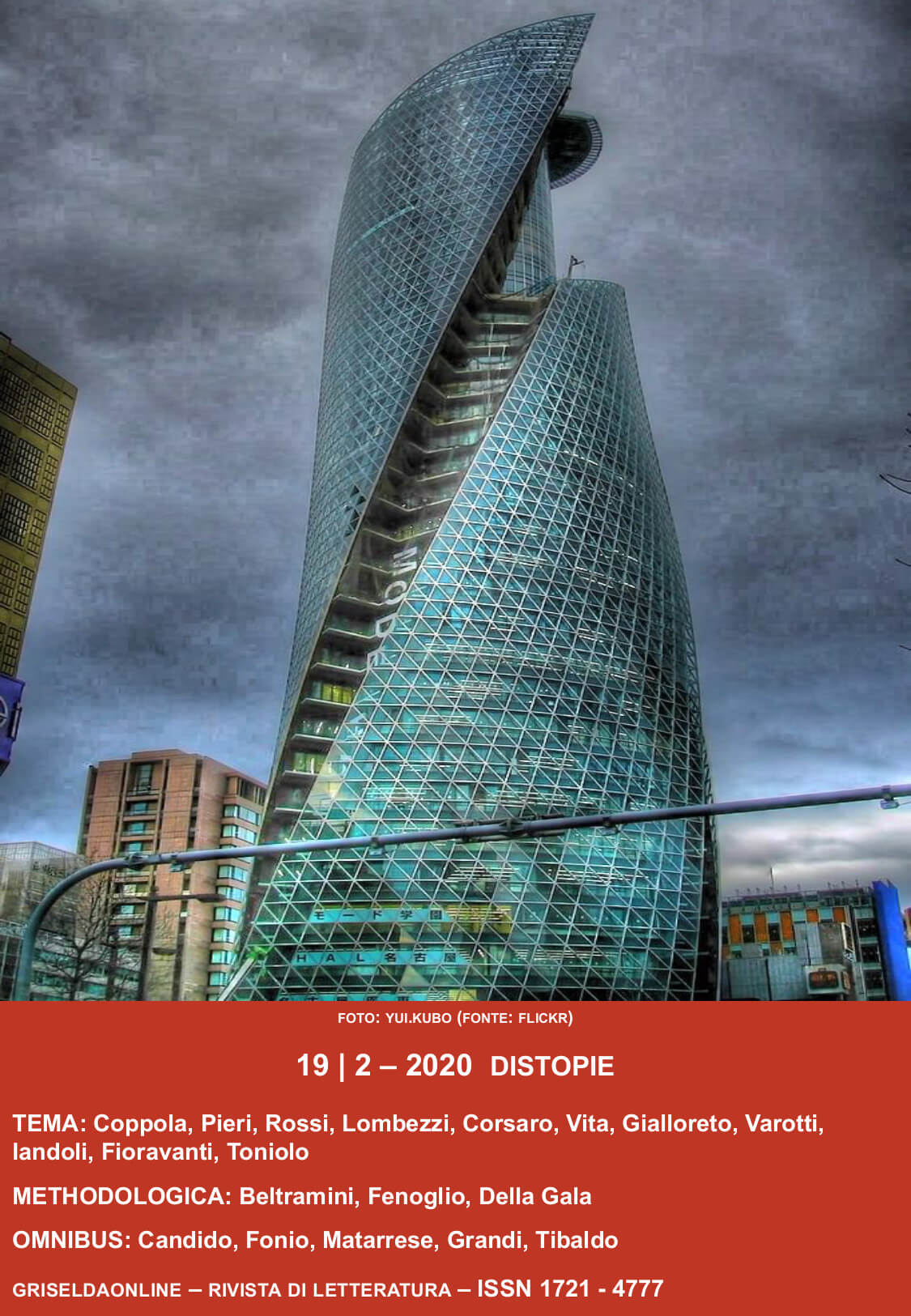Carte d’identità letterarie dei narratori decameroniani
DOI:
https://doi.org/10.6092/issn.1721-4777/11049Keywords:
Boccaccio, «Decameron», novellatori, cornice, ballateAbstract
The essay aims to reconstruct the inner story of the Decameron’s storytellers, whose literary identities for the first time come to light with clear outlines. Moving from some textual elements, it is possible to outline precisely family links and love affairs among the storytellers. Boccaccio provides the reader only with a few clues, which are nontheless enough to outline the profiles of the ten storytellers. Special attention will be devoted to the Introduction to Day I and the ballads that conclude each day, but also to Boccaccio’s narrative works that precede the Decameron, namely the Filocolo, Filostrato, Teseida, Comedia delle ninfe, Elegia di mf. Reconstructing the inner story of the ten storytellers does not only allow to identify a new paradigm to read the novellas from the point of view of who tell them, but also to reinterpret the entire work as the narrative ending point of all of Boccaccio’s former production. Such an approach demonstrates once more how the frame story of the ten storytellers is most likely Boccaccio’s most complex narrative invention.
References
F. Bausi, Leggere il Decameron, Bologna, Il Mulino, 2017
G. Boccaccio, Opere, a c. di C. Segre, Milano, Mursia, 1963
G. Boccaccio, Filostrato, in Tutte le opere di G.B., ed. dir. da V. Branca, vol. II, Milano, Mondadori, 1964
G. Boccaccio, Decameron, a c. di C. Segre, Milano, Mursia, 1966
G. Boccaccio, Decameron, a c. di V. Branca, Torino, Einaudi, 1980
G. Boccaccio, Teseida, a c. di A. Limentani, in Tutte le opere di G. B., a cura di V. Branca, Milano, Mondadori, 1992
G. Boccaccio, Decameron, a c. di A. Quondam, M. Fiorilla, G. Alfano, Milano, BUR, 2013
R. Bragantini, La sperimentazione in prosa: Filocolo e Fiammetta, i.c.s.
***, Ovidio e il pubblico del Decameron, in Atti del Convegno “Umana cosa”, Università degli Studi di Torino, December 12-14, 2013, «Levia Gravia», XV-XVI, 2013-2014, pp.1-15
***, Boccaccio sulla via del romanzo. Metamorfosi di un genere tra antico e moderno, «Archivio Novellistico Italiano», 1, 2016, pp. 8-28
***, I confini del Decameron: Fiammetta e Corbaccio a confronto. In A. P. Filotico, M. Gragnolati, P. Guérin (éds), Aimer ou ne pas aimer: une question, deux textes: Boccace, Elegia di madonna Fiammetta et Corbaccio. Colloque International organisé par les Universités Sorbonne nouvelle-Paris 3 et Sorbonne Université, 25-26 janvier 2018, Paris, Presses Sorbonne Nouvelle, 2018, pp. 191-207
***, Boccaccio Reading Cino Reading Dante in Filostrato 5.62-66, in «Modern Language Notes», 134S, 2019, pp. 105-117
F. De Sanctis, Storia della letteratura italiana, a c. di N. Gallo, con l’introduzione di G. Ficara, Torino, Einaudi-Gallimard, 1996
G. Ficara, Homo fictus: da Renzo a Palomar, in Stile Novecento, Venezia, Marsilio, 2007
E. Filosa, Tre studi sul De mulieribus claris, Milano, LED, 2012
P.M. Forni, Parole come fatti. La metafora relizzata e altre glosse al Decameron, Napoli, Liguori, 2008
C. Muscetta, Boccaccio, Bari, Laterza, 1972
F. Petrarca, Canzoniere, a c. di S. Stroppa, Torino, Einaudi, 2011
P. Rajna, L'episodio delle questioni d'amore nel Filocolo di Boccaccio, «Romania», XXXI, 121, 1902. pp. 28-81
L. Russo, Letture critiche del Decameron, Bari, Laterza, 1977
M. Santagata, Boccaccio indiscreto. Il mito di Fiammetta, Bologna, Il Mulino, 2019
C. Segre, C. Ossola, ed., Antologia della poesia italiana, Torino, Einaudi, 1997
F. Tateo, Boccaccio, Bari, Laterza, 1998
Downloads
Published
How to Cite
Issue
Section
License
Copyright (c) 2021 Igor Candido

This work is licensed under a Creative Commons Attribution-ShareAlike 4.0 International License.





